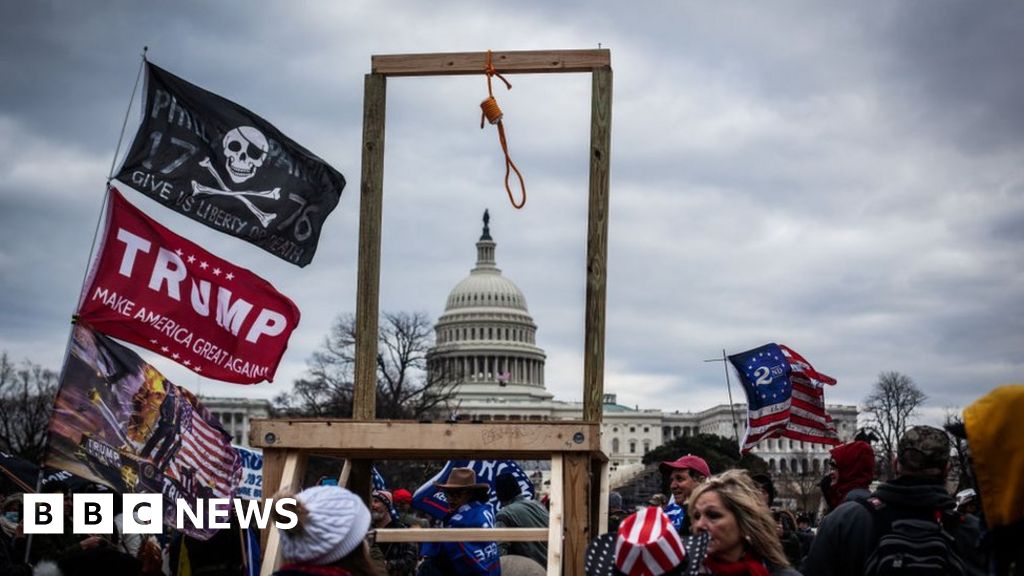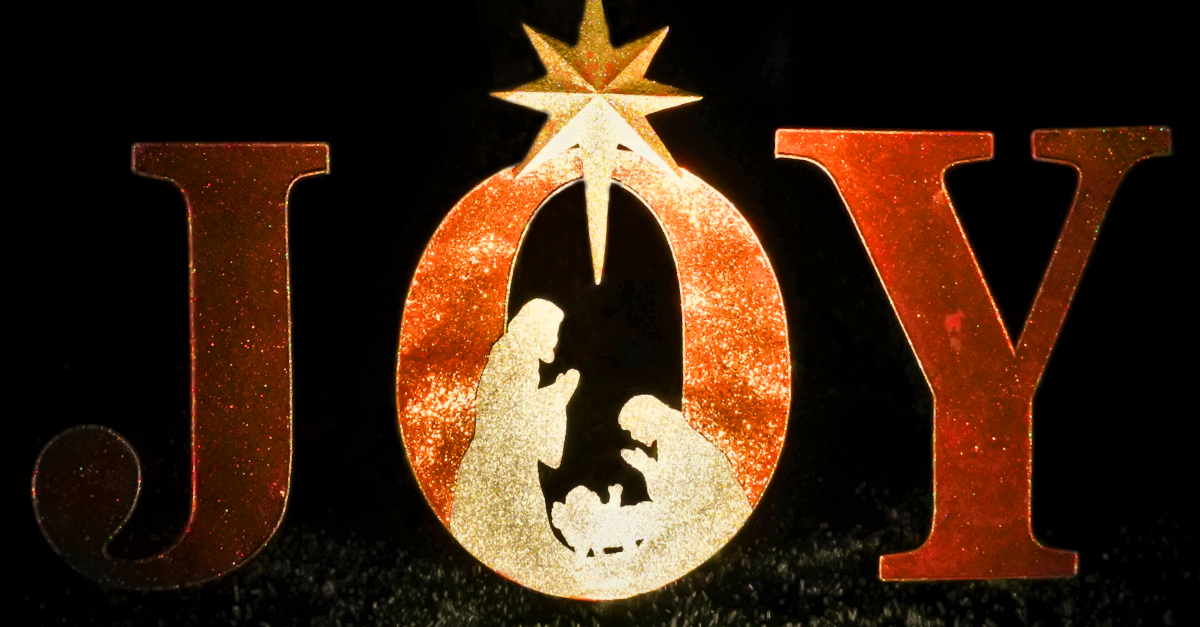Story of the Yr: Rise of the 'Nons' — put them alongside Nones, NIPs, Nonverts, and so on.

Right here is one of the best estimate that exists of the 20 largest non secular teams in america as of 2020.
The information is from @ReligionCensus.
The largest takeaway is perhaps #2 – non-denominational church buildings. Simply the most important Protestant group within the US now. And rising shortly. pic.twitter.com/Z5bPFjRqPO
— Ryan Burge 📊 (@ryanburge) November 14, 2022
“The 2 largest tales in American faith are the nones and the nons,” premier numbers man (and GetReligion contributor) Ryan Burge tells Christianity Today.
Nones, so distinguished within the media this previous decade, are these rising People who inform pollsters they don’t have any non secular id or affiliation.
However nons? They’re nondenominational Protestants whose native congregations are wholly self-governing and unbiased of conventional denominations. A blockbuster within the November U.S. Faith Census report stated that, taken collectively, they quantity 21 million and are unquestionably the most important U.S. Protestant group, exceeding by tens of millions the most important denomination, the Southern Baptist Conference, and second solely to Catholics.
This can be a story that’s in all places. There are 44,319 “nons” congregations, a rise of 8,823 since 2010, and this crowd now claims greater than 13% of the nation’s churchgoers.
On the finish of a busy 2022, The Faith Man thus proclaims the now-documented rise of the nons the Story of the Yr, one which native and nationwide media must be pursuing. This growth was shortly highlighted by Daniel Silliman of Christianity Today and Tracy Simmons for Religion Unplugged. Summarized CT, “Little seen, they’ve been quietly remodeling the non secular panorama.”
Most such congregations are evangelical (or charismatic-Pentecostal) and they’re younger. Though many are modest in measurement they’re distinguished on the Outreach100 list of the largest U.S. Protestant congregations.
Thus, this can be a story that’s native, regional and nationwide. Assume Highlands in Birmingham, Lakewood in Houston, Crossroads in Cincinnati, Christ Fellowship in Palm Seashore or North Level exterior Atlanta. One celebrated instance, Willow Creek in suburban Chicago, now ranks 69th among the many megachurches.
As GetReligion honcho tmatt observes, these independents often lack “even minimal authorized, monetary, moral or theological oversight” from authorities exterior their bubbles, and sometimes the founding preacher wields “full management, with a hand-picked board as the one steadiness on his energy.” Scandals may result.
Rising alongside the nons, the much-celebrated nones constituted a mere 5.1% of People in 1972 however zoomed to 23.7% as of 2018 in Normal Social Survey knowledge. Different sources publish greater percentages than that. This largely displays the unprecedented slide of these figuring out with predominantly white and religiously versatile “mainline” Protestant denominations that GSS put at 27.9% of People in 1972 and a disastrous 9.9% by 2018 (with the decline dashing up in the course of the coronavirus pandemic).
The place are non-denominational Protestants probably the most dominant?
Florida. Practically 70% of counties have not less than 15% non-denominational Christians in 2020.
But in addition giant concentrations in PNW and thru the Carolinas, Virgina, Ohio and up into Michigan, as nicely. pic.twitter.com/GzxmFf50GE
— Ryan Burge 📊 (@ryanburge) November 14, 2022
Political scientist (and American Baptist pastor) Burge wrote the e-book — actually — on the nones, and a second edition of his perceptive 2021 work is due next May. Journalists additionally have to deal with what Burge therein identifies as “the fastest-growing non secular group in america right this moment.” That may be “nothing specifically” people, a flock this Memo will label “NIPs.”
To clarify, polls typically lump collectively all religiously unaffiliated respondents as “nones,” however Burge stresses the variations amongst three teams which are typically separated out in, for example, Pew Analysis surveys. Atheists are satisfied God doesn’t exist. Agnostics both don’t themselves know or assume no one can know. Each are small and steady populations.
The rising NIPs, by far the most important area of interest amongst nones, merely declare no particular id or affiliation — so “nothing specifically.”
Burge stresses that NIPs are considerably totally different from the opposite two “none” classes, much less educated, much less prosperous, extra politically conservative, uninvolved not solely with church buildings however all neighborhood actions, and fewer hostile towards faith. He sees the socially disengaged NIPs because the prime goal for Christians’ twenty first Century outreach.
Let’s not neglect one more group recognized within the title of this brand-new e-book: “Nonverts: The Making of Ex-Christian America.” Creator Stephen Bullivant, a British sociologist who’s Catholic, defines Nonverts as People who have been raised non secular and convert to “none” standing, versus these persevering with their non-religious backgrounds.
Why did this upheaval happen just lately and never in the course of the anti-establishment Nineteen Sixties? Bullivant identifies such components as a backlash towards “non secular proper” politicking, the top of shared Chilly Battle enemies, the Web’s linking of remoted skeptics and that extra nones exist just because there are extra nones(!). More here.
The U.S. Religion Census has been conducted as soon as per decade since 1990 by the Association of Statisticians of American Religious Bodies. Its knowledge achieve significance with the demise of the usual annual yearbook compilation of church teams’ personal numbers, issued for 96 years till the financially strapped Nationwide Council of Church buildings ceased publication in 2012.
Contacts: Lead Census researcher Scott Thumma (sthumma@hartsem.edu and 860-509-9542) is director of the Hartford (CT) Institute for Faith Analysis.
FIRST IMAGE: The Nons band, on Soundcloud.



